
Reflection is essential to growth and development. Whether you call it a post-mortem, a debrief, or review, you do it because you know that it provides an opportunity to learn from an experience, situation, or interaction with someone and apply what you learned to make 2023 a great year.
People who value growth and personal development understand the importance of taking time to reflect throughout the year. The end of a year, and beginning of a new year, are special times for reflection. There is excitement about the coming year and a feeling of going in with a “clean slate”. It’s the perfect time to reflect on the past to arm you with the lessons that will help you start strong and excel in the coming year.
Take time to celebrate your successes and find the lessons in your failures. Remember, failures aren’t bad things. Failure is always a possibility when you venture out of your comfort zone and take risks. Some people may even look back and conclude that limited failures indicate that they didn’t take enough risks.
Reflection isn’t about goal setting. It’s about increasing your awareness and understanding of what you’ve done and how you want to move forward. Don’t move so quickly into setting 2024 goals that you rush the reflection process. There are countless lessons from 2023 you have an opportunity to mine as well as experiences to revisit. If you need a little help remembering the year, scan pictures, your calendar, social media, or even your emails. Once you’ve processed 2023, you can move forward and plan for 2024 with new lessons and a clear purpose.
There is no right or wrong way to review the year, and there are countless questions you can use as prompts to begin the process. I’ve included some questions to get you thinking about 2023, as well as some additional questions to help you start 2024 strong.
15 Questions to consider as you review 2023
- Summarize 2023 in 3 words.
- What emotion sums up 2023 best?
- Evaluate the progress you made on the goals you set for 2023.
- Of which achievement are you most proud and why?
- What have you learned from both your successes and failures?
- What was your biggest challenge, and how did you approach it?
- What new relationships did you develop, and how have they impacted your life?
- What were your most significant stressors?
- What are you most grateful for from 2023?
- What are your happiest memories from the year?
- When did you step outside of your comfort zone?
- Was your life balanced the way you wanted?
- What is the best compliment you received in 2023?
- What do you wish you would have done differently, and how would you change it if you had it to do over?
- What “unfinished business” do you plan to finish in 2024?
Questions to consider as you begin 2024
- Is there something from 2023 that feels incomplete or unfinished that you will finish in 2024?
- Is there a mindset or belief that held you back in 2023 that you will change in 2024?
- What are three things that you will stop, start, and continue doing in 2024?
- What new habits would you like to develop in 2024?
- What relationships would you like to develop, nurture, or repair in 2024?
- Will you change the balance of your life in any way in 2024? If so, how?
- What skills or competencies will you develop in 2024?
- What word sums up your theme for 2024?
- How will you be different by the end of the year?
- What are your greatest opportunities for 2024?
- What brings you joy that you’ll prioritize in 2024?
- In which areas would you like to see improvement personally and professionally?
- At the end of 2024, what would you like to say you’ve accomplished?
- What SMART goals will you set for 2024, and which one is your top priority?
- Write the “speech” someone would give at the end of 2024 while they gave you an award for _________.
You will be the same person in five years as you are today except for the people you meet and the books you read.”
― Charlie Tremendous Jones
We’d love to help you reach your goals. Contact Dr. Heather Johnson to set up a free consultation or call (651) 210-6021.
—-
 Dr. Heather Johnson is a nationally recognized speaker with extensive experience developing leaders. With a doctorate in Psychology and over 20 years of business experience, she works with leaders to quickly identify individual and team performance obstacles and develops customized solutions that lead to rapid change and lasting results. Heather facilitates public and in-house workshops that deliver personalized, practical, and immediate results. Some of her most requested topics are: Influence, Emotional Intelligence, Team Building, Communication, and Strategic Planning. For more information call contact us here or call 651-322-7821.
Dr. Heather Johnson is a nationally recognized speaker with extensive experience developing leaders. With a doctorate in Psychology and over 20 years of business experience, she works with leaders to quickly identify individual and team performance obstacles and develops customized solutions that lead to rapid change and lasting results. Heather facilitates public and in-house workshops that deliver personalized, practical, and immediate results. Some of her most requested topics are: Influence, Emotional Intelligence, Team Building, Communication, and Strategic Planning. For more information call contact us here or call 651-322-7821.




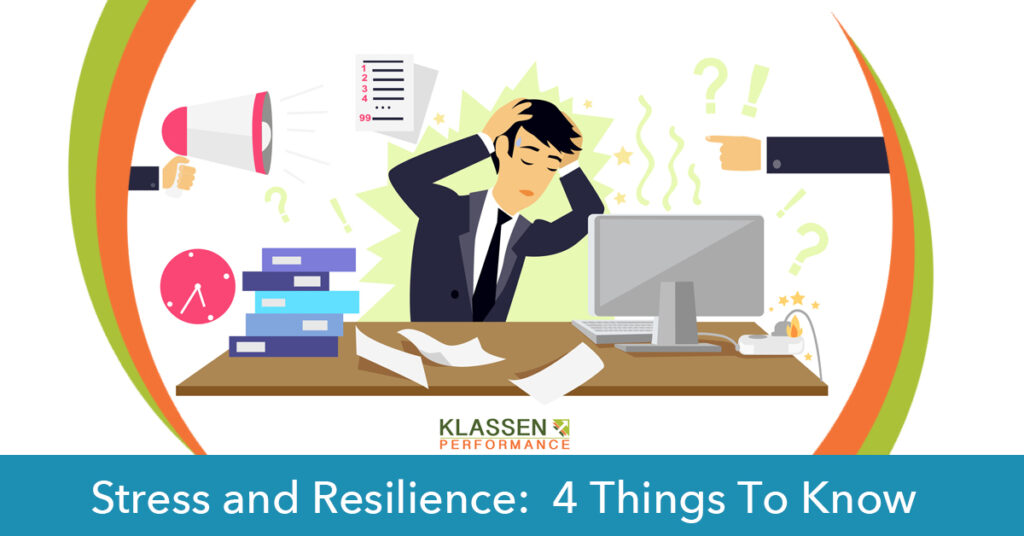
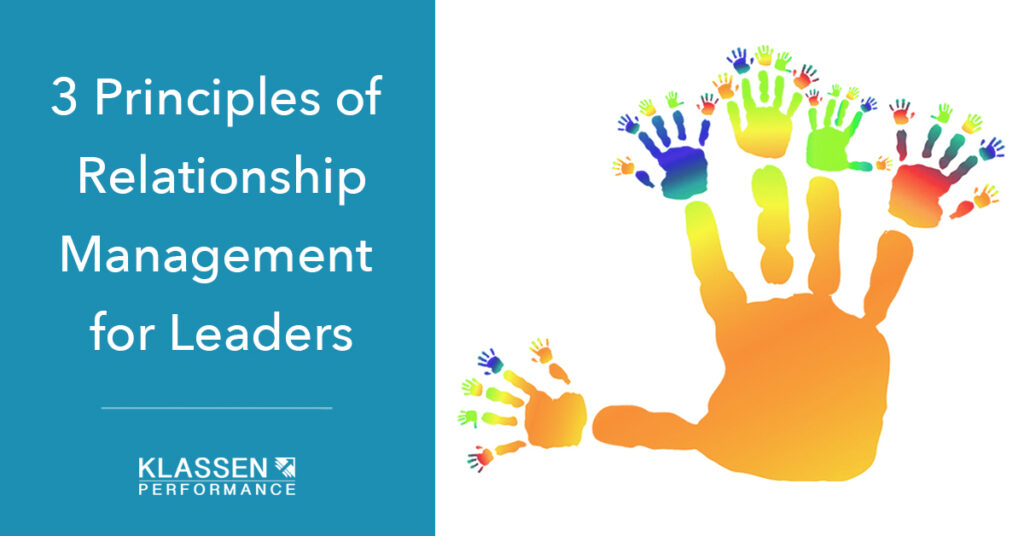
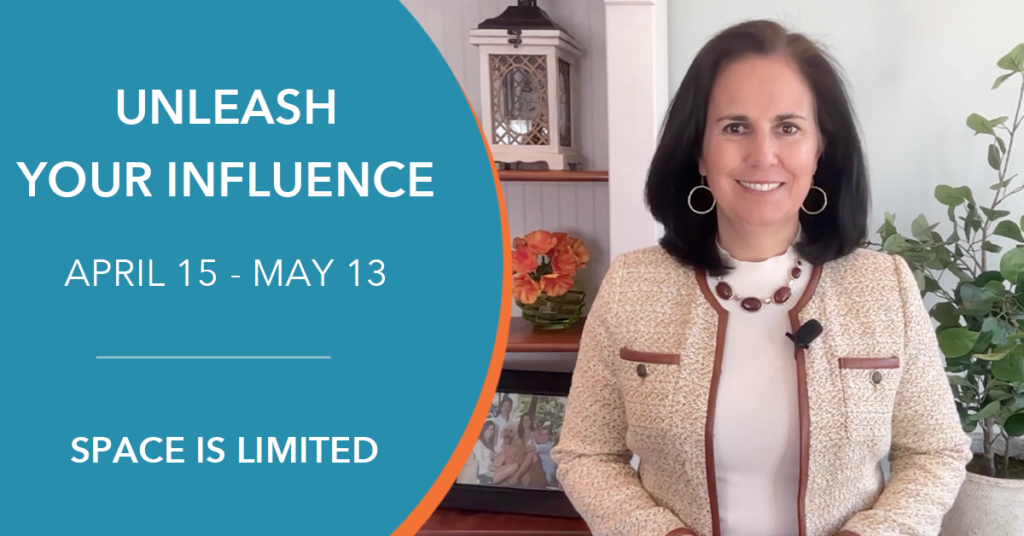
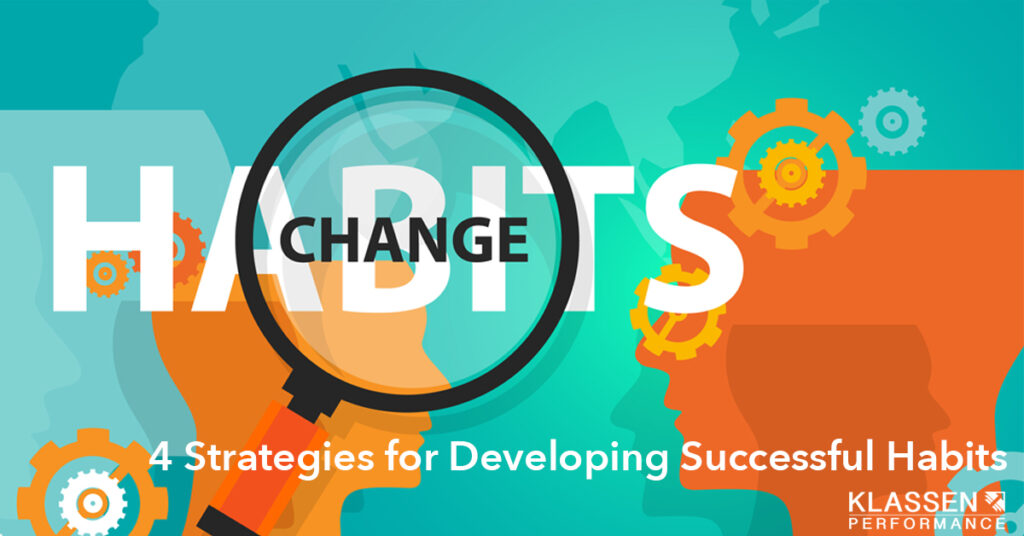
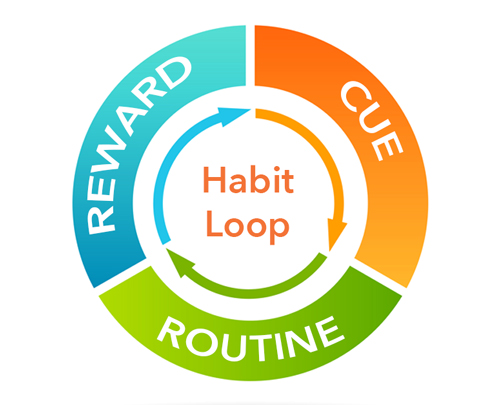



 Emotionally intelligent leaders have a clear understanding of their strengths and how to leverage them to maximize their effectiveness. They also have the courage to explore their weaknesses and understand how those weaknesses impact performance. This awareness not only leads to faster promotions, as one study in a large telecommunications company found, it also helps build trust and credibility among team members.
Emotionally intelligent leaders have a clear understanding of their strengths and how to leverage them to maximize their effectiveness. They also have the courage to explore their weaknesses and understand how those weaknesses impact performance. This awareness not only leads to faster promotions, as one study in a large telecommunications company found, it also helps build trust and credibility among team members. Disagreements often happen when people get frustrated with what others say or do. At the same time, they can be oblivious to their own impact on the conversation. Stop and check your emotional state. Are you angry, defensive, overwhelmed or something else? It’s important to know because emotions drive behavior.
Disagreements often happen when people get frustrated with what others say or do. At the same time, they can be oblivious to their own impact on the conversation. Stop and check your emotional state. Are you angry, defensive, overwhelmed or something else? It’s important to know because emotions drive behavior.  It is easy when we feel attacked to go into what’s called the emotional hijack. During a hijack, emotions take over and compromise rational thinking. This often leads to saying and doing things we later regret. You can prevent this if you know how to stop it.
It is easy when we feel attacked to go into what’s called the emotional hijack. During a hijack, emotions take over and compromise rational thinking. This often leads to saying and doing things we later regret. You can prevent this if you know how to stop it.  People from the same family have different experiences, opinions, and communication styles. Generation gaps can exacerbate all of that. Instead of judging others and trying to convince them to see things your way, try listening first. Listen and genuinely try to understand why they see things the way they do.
People from the same family have different experiences, opinions, and communication styles. Generation gaps can exacerbate all of that. Instead of judging others and trying to convince them to see things your way, try listening first. Listen and genuinely try to understand why they see things the way they do.  Disagreements get prolonged when the focus is on being right rather than finding common ground or simply understanding one another. The need to be right closes minds and shuts down communication. It can also temporarily or permanently damage a relationship.
Disagreements get prolonged when the focus is on being right rather than finding common ground or simply understanding one another. The need to be right closes minds and shuts down communication. It can also temporarily or permanently damage a relationship.